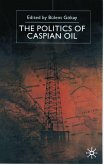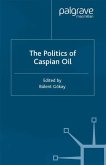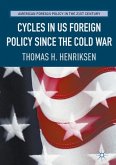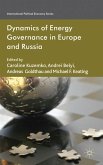This book examines the role of Soviet energy during the Cold War. Based on hitherto little known documents from Western and Eastern European archives, it combines the story of Soviet oil and gas with general Cold War history. This volume breaks new ground by framing Soviet energy in a multi-national context, taking into account not only the view from Moscow, but also the perspectives of communist Eastern Europe, the US, NATO, as well as several Western European countries - namely Italy, France, and West Germany. This book challenges some of the long-standing assumptions of East-West bloc relations, as well as shedding new light on relations within the blocs regarding the issue of energy. By bringing together a range of junior and senior historians and specialists from Europe, Russia and the US, this book represents a pioneering endeavour to approach the role of Soviet energy during the Cold War in transnational perspective.
"The book is a welcome, rigorous, and much needed in-depth exploration of energy politics during the Cold War in Europe. Its geographical shortcomings are an invitation to continue and expand the study of the energy/Cold War nexus and its history and legacies, across and beyond its European core." (Maurizio G. Totaro, Europe-Asia Studies, Vol. 70 (8), 2018)
"This volume is quite impressive. It covers much new territory, effectively utilizes previously inaccessible materials, and offers nuanced insights into Soviet and CMEA energy policies during the Cold War. ... this book comes at an eminently fitting time." (Nicholas Ostrum, EuropeNow, europenowjournal.org, December, 2017)
"This volume is quite impressive. It covers much new territory, effectively utilizes previously inaccessible materials, and offers nuanced insights into Soviet and CMEA energy policies during the Cold War. ... this book comes at an eminently fitting time." (Nicholas Ostrum, EuropeNow, europenowjournal.org, December, 2017)








